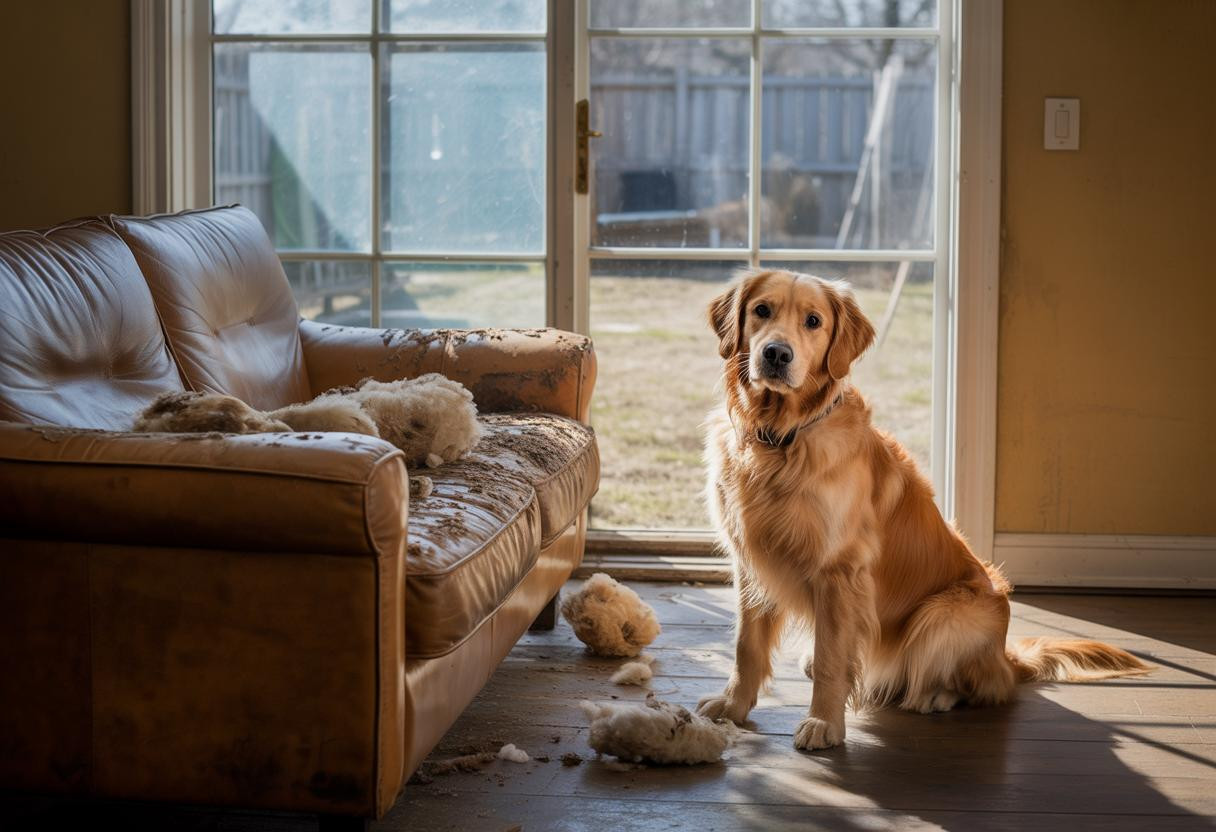Your dog’s behavior problems might not stem from training issues—they could be signs your backyard is failing to meet their deepest psychological needs. Recent studies reveal that dogs with access to properly designed outdoor spaces show 40% less destructive behavior and significantly improved mental health markers.
Why your dog’s happiness depends on yard design
Most pet owners focus on indoor comfort while overlooking the powerful impact of outdoor environments on canine well-being. Professional animal behaviorists now recognize that strategic yard features can address everything from separation anxiety to excessive barking.
The science is compelling: Dogs with structured outdoor environments exhibit measurably lower stress hormones and engage in more natural behaviors. This isn’t just about having space—it’s about creating purposeful zones that satisfy instinctual needs.
Understanding which features deliver the greatest impact requires looking beyond basic fencing and grass. The most effective dog-friendly yards incorporate specific elements that address physical exercise, mental stimulation, and emotional security simultaneously.
Eight features that transform ordinary yards into canine paradise
Designated digging zones satisfy natural instincts
Rather than battling your dog’s digging behavior, strategic sandboxes redirect this energy constructively. Professional trainers report that dogs with dedicated digging areas are 60% less likely to destroy flower beds or lawn areas.
The key lies in placement and materials. Position digging zones away from high-traffic areas, using sand or soft soil that’s easy to maintain. Many owners discover this single addition eliminates months of behavioral correction efforts.
Water features provide cooling and sensory stimulation
Beyond basic hydration, water elements trigger positive neurological responses in dogs. Shallow splash pools or gentle fountains activate play behaviors while providing essential cooling during warm weather.
The sensory input from moving water creates mental engagement similar to puzzle toys, particularly beneficial for high-energy breeds that require constant stimulation.
Shade structures prevent heat-related behavioral issues
Dogs seeking cool spots often dig destructively or become agitated when overheated. Strategic shade placement using pergolas, trees, or shade sails eliminates this trigger while creating comfortable retreat spaces.
This approach aligns with outdoor exploration benefits for mental stimulation, providing dogs with varied environments that support psychological well-being.
Creating multi-functional spaces that work for everyone
The most successful dog-friendly yards avoid single-purpose installations. Raised garden beds serve dual functions—protecting plants while creating natural barriers that guide dog movement patterns.
Modern approaches increasingly emphasize low-maintenance landscaping trends that satisfy both aesthetic preferences and practical pet needs. Synthetic turf in designated areas, for example, eliminates mud while providing consistent play surfaces.
Agility equipment doubles as exercise tools and mental challenges. Simple tunnels, ramps, or hurdles can transform ordinary yards into engaging environments that prevent boredom-related behaviors.
Implementation strategies that maximize impact
Start with essential safety features
Secure fencing remains the foundation of any dog-friendly space. Heights of 6 feet typically prevent escapes while creating the psychological security dogs need to fully relax and explore.
Choose durable materials for high-traffic zones
Traditional grass struggles under constant use. Alternatives like pea gravel, rubber mulch, or specialized pet turf maintain appearance while withstanding daily wear. These materials also simplify cleanup and reduce maintenance demands.
Integrate technology for enhanced functionality
Smart irrigation systems can maintain water features automatically, while vertical gardening systems that maximize space efficiency allow for dog-safe plants in compact areas.
The long-term benefits extend beyond behavior
Dogs with access to well-designed outdoor spaces show improved physical health, reduced veterinary visits, and stronger bonds with their owners. The investment in proper yard features often pays for itself through reduced behavioral training costs and property damage.
Most importantly, these changes create environments where dogs can express natural behaviors safely, leading to happier, more balanced pets and more satisfied owners who finally understand why their backyard holds the key to canine contentment.
